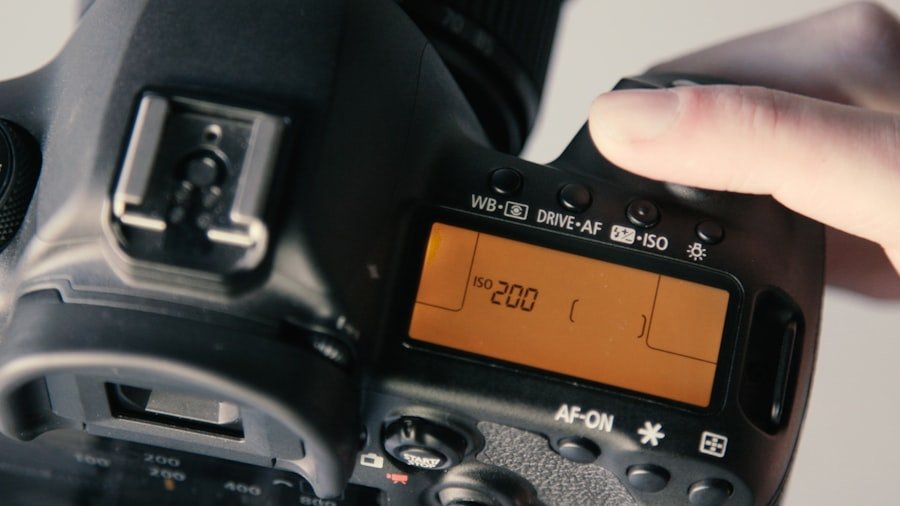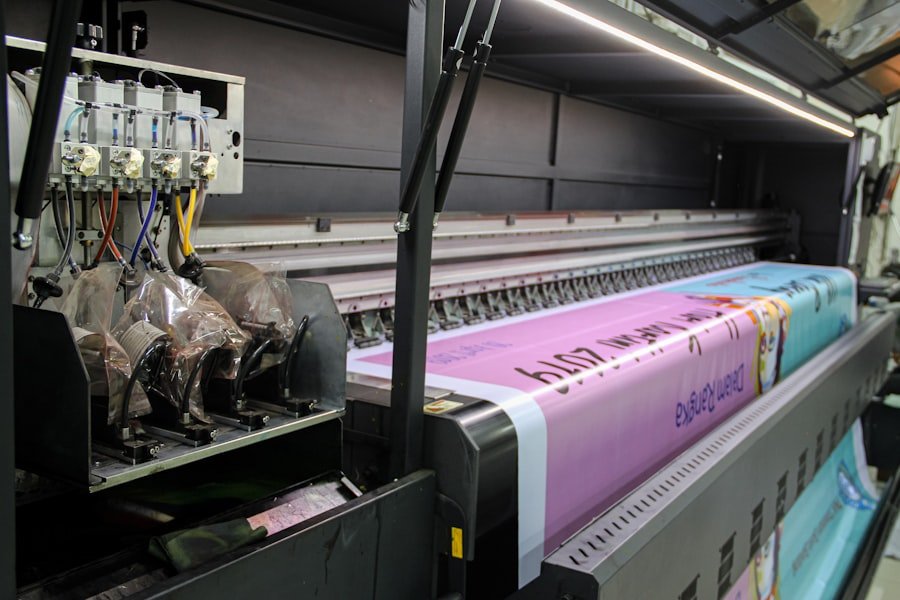In the realm of computing, printers remain an essential peripheral, facilitating the transition of digital documents into tangible forms. With the advent of Windows 11, Microsoft has introduced a more streamlined and user-friendly approach to managing printers, particularly in the context of default printers. A default printer is the one that the operating system automatically selects for printing tasks unless specified otherwise.
This feature is particularly beneficial for users who frequently switch between multiple printers, as it simplifies the printing process and enhances productivity. Windows 11 has refined the way users interact with their printing devices, making it easier to set and manage default printers. The operating system’s intuitive interface allows users to navigate through printer settings with ease, ensuring that they can quickly select their preferred printer for various tasks.
Understanding how to effectively manage default printers in Windows 11 is crucial for both casual users and professionals who rely on printing for their daily operations. This article delves into the intricacies of accessing printer settings, selecting and changing default printers, troubleshooting common issues, and optimizing printer settings for an enhanced user experience.
Key Takeaways
- Default printers in Windows 11 automatically select the printer to use when you print a document.
- Access printer settings in Windows 11 by going to “Settings” and selecting “Devices” and then “Printers & scanners.”
- Select a default printer in Windows 11 by clicking on the desired printer and choosing “Set as default.”
- Change the default printer in Windows 11 by selecting a new printer and clicking “Set as default.”
- Troubleshoot default printer issues in Windows 11 by checking printer connections, updating drivers, and restarting the print spooler.
Accessing Printer Settings in Windows 11
To begin managing default printers in Windows 11, users must first access the printer settings. This can be accomplished through several straightforward methods. One of the most common ways is to navigate through the Settings app.
By clicking on the Start menu and selecting the gear icon, users can open the Settings window. From there, they should click on “Devices,” which houses all device-related settings, including printers. Within this section, users will find a dedicated area for managing printers and scanners.
Alternatively, users can access printer settings through the Control Panel, which remains a powerful tool for advanced configurations. By searching for “Control Panel” in the Start menu and selecting it, users can click on “Devices and Printers.” This classic interface provides a comprehensive view of all connected printers, allowing users to manage their devices more granularly. Regardless of the method chosen, accessing printer settings is a crucial first step in customizing the printing experience in Windows 11.
Selecting a Default Printer in Windows 11

Once users have accessed the printer settings, selecting a default printer becomes a straightforward task. Windows 11 offers an option to automatically manage default printers based on user activity. This feature is particularly useful for individuals who frequently switch between different printers in various locations, such as home and office environments.
When enabled, Windows will remember the last printer used at a specific location and set it as the default for future print jobs. For those who prefer a more manual approach, selecting a default printer can be done with just a few clicks. In the “Printers & Scanners” section of the Settings app, users will see a list of all installed printers.
By clicking on the desired printer and selecting “Manage,” they can choose the option to set it as the default printer. This manual selection ensures that users have complete control over which printer is used for their print jobs, regardless of their location or previous usage patterns.
Changing Default Printer in Windows 11
| Operating System | Windows 11 |
|---|---|
| Task | Changing Default Printer |
| Steps | 1. Open Settings 2. Go to Devices 3. Select Printers & scanners 4. Choose the printer and click Manage 5. Click Set as default |
| Result | Changes the default printer for the system |
Changing the default printer in Windows 11 is a simple process that can be accomplished at any time. Users may find themselves needing to switch their default printer due to various reasons, such as changes in work environments or preferences for specific print jobs. To change the default printer, users should return to the “Printers & Scanners” section within the Settings app.
Here, they can easily identify their current default printer, which is typically marked with a checkmark. To change it, users simply need to select another printer from the list and click on “Manage.” From there, they can choose the option to set this new printer as the default. This flexibility allows users to adapt their printing preferences quickly and efficiently without navigating through complex menus or settings.
Additionally, if users have enabled automatic management of default printers, they may find that Windows 11 automatically adjusts their default printer based on their recent usage patterns.
Troubleshooting Default Printer Issues in Windows 11
Despite its user-friendly design, issues with default printers can occasionally arise in Windows 11. Common problems include situations where the selected default printer does not respond or where print jobs are sent to an incorrect device. One of the first steps in troubleshooting these issues is to ensure that all printers are properly connected and powered on.
Users should check both wired connections and wireless network settings to confirm that their devices are communicating effectively with the computer. If connectivity is not an issue, users may need to delve deeper into their printer settings. Restarting both the computer and the printer can often resolve temporary glitches that may prevent printing tasks from being executed correctly.
Additionally, checking for driver updates is crucial; outdated or corrupted drivers can lead to various printing problems. Users can access the manufacturer’s website or use Windows Update to ensure that they have the latest drivers installed for their printers.
Managing Multiple Printers in Windows 11

For users who operate multiple printers—whether at home or in a professional setting—Windows 11 provides robust tools for managing these devices effectively. The “Printers & Scanners” section allows users to view all connected printers at a glance, making it easy to switch between devices as needed. Each printer listed includes options for managing settings, checking ink levels, and viewing print queues.
Moreover, Windows 11 supports various types of printers, including local USB-connected devices and networked printers accessible via Wi-Fi or Ethernet. Users can prioritize certain printers by setting them as defaults based on their specific needs or tasks. For instance, a user might prefer one printer for high-quality photo prints while using another for standard document printing.
This level of management ensures that users can optimize their printing workflow according to their unique requirements.
Tips for Optimizing Default Printer Settings in Windows 11
To enhance the overall printing experience in Windows 11, users can implement several optimization strategies regarding their default printer settings. One effective tip is to regularly check and update printer drivers to ensure compatibility with the latest operating system updates. Manufacturers often release driver updates that improve performance and fix bugs; keeping these drivers current can prevent many common issues.
Another optimization strategy involves configuring print quality settings based on specific tasks. For example, when printing documents that do not require high resolution, users can select draft mode to save ink and speed up printing times. Conversely, when producing high-quality images or presentations, adjusting settings to high quality will yield better results.
Additionally, users should familiarize themselves with advanced features offered by their printers, such as duplex printing or borderless printing options, which can further enhance efficiency and output quality.
Conclusion and Final Thoughts on Setting Default Printer in Windows 11
Navigating the world of printers in Windows 11 has become increasingly intuitive thanks to its user-friendly interface and robust management features. Understanding how to set and manage default printers is essential for maximizing productivity and ensuring seamless printing experiences across various tasks and environments. By accessing printer settings easily, selecting or changing default printers with minimal effort, troubleshooting common issues effectively, and managing multiple devices efficiently, users can tailor their printing setup to meet their specific needs.
As technology continues to evolve, staying informed about best practices for managing printers will empower users to make the most of their devices in both personal and professional contexts. Whether one is a casual user printing family photos or a business professional handling important documents, mastering default printer settings in Windows 11 is a valuable skill that enhances overall efficiency and satisfaction with printing tasks.
If you are looking for more information on how to set a default printer in Windows 11, you may want to check out this article on privacy policy. This article discusses the importance of privacy settings when configuring your default printer and offers tips on how to protect your personal information while using your printer. It is essential to understand the privacy implications of setting a default printer on your Windows 11 system to ensure that your data remains secure.
FAQs
What is the default printer in Windows 11?
The default printer in Windows 11 is the printer that is automatically selected when you go to print a document or file. It is the printer that Windows will send print jobs to unless you specifically choose a different printer.
How do I set the default printer in Windows 11?
To set the default printer in Windows 11, go to Settings > Devices > Printers & scanners. Under the “Printers & scanners” section, select the printer you want to set as the default, and then click on “Set as default”.
Can I change the default printer for specific applications in Windows 11?
Yes, you can change the default printer for specific applications in Windows 11. When you go to print from an application, you can usually select a different printer from the print dialog box. This will only change the default printer for that specific application.
Why would I want to change the default printer in Windows 11?
You may want to change the default printer in Windows 11 if you have multiple printers and want to send print jobs to a different printer by default. This can be useful if you have a specific printer for certain types of documents, such as a color printer for photos and a black and white printer for text documents.
Can I set a default printer for different networks in Windows 11?
Yes, you can set a default printer for different networks in Windows 11. This can be useful if you have different printers at home and at work, for example. Windows 11 can automatically switch to the default printer for the network you are currently connected to.
